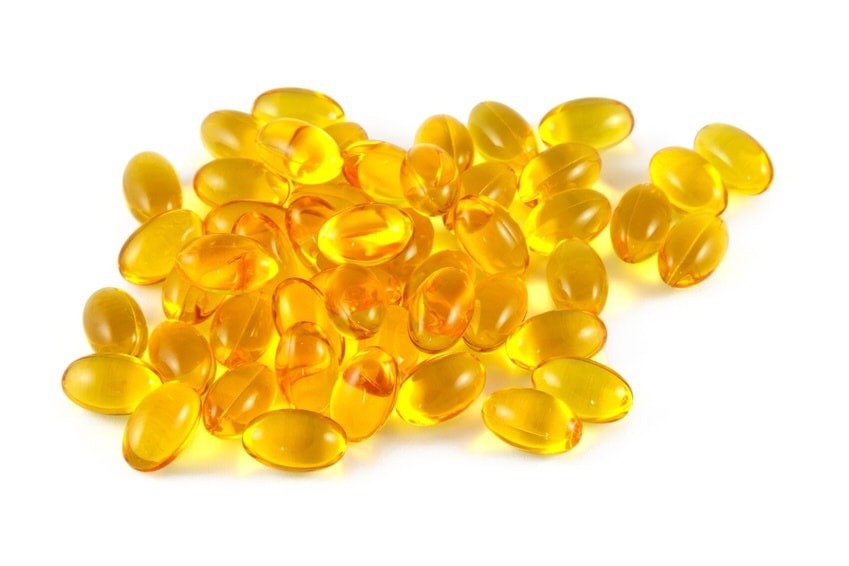
The α-tocopherol form of vitamin E

Vitamin E refers to a group of eight fat-soluble compounds that include both tocopherolsand tocotrienols.[1] There are many different forms of vitamin E, of which γ-tocopherol is the most common in the North American diet.[2] γ-Tocopherol can be found in corn oil, soybean oil, margarine and dressings.[3][4] In the North American diet, α-Tocopherol, the most biologically active form of vitamin E, is the second most common form of vitamin E. This variant of vitamin E can be found most abundantly in wheat germ oil, sunflower, and safflower oils.[4][5] It is a fat-soluble antioxidant that stops the production of reactive oxygen species formed when fat undergoes oxidation.[6][7][8]

- Synthesis of Vitamin E
Vitamin E (CAS NO.: 59-02-9), with other names as 2(R),5,7,8-Tetramethyl-2-[4(R),8(R),12-trimethyltridecyl]-3,4-dihydro-2H-1-benzopyran-6-ol, could be produced through the following synthetic routes. ,
,


 References
References
- Brigelius-Flohe, B; Traber (1999). “Vitamin E: function and metabolism”. FASEB 13: 1145–1155.
- Traber, MG (1998). “The biological activity of vitamin E”. The Linus Pauling Institute. Retrieved 6 March 2011.
- Bieri, JG; Evarts (1974). “γ-Tocopherol: metabolism, biological activity and significance in human vitamin E nutrition”. American Journal of Clinical Nutrition 27 (9): 980–986. PMID 4472121.
- Brigelius-Flohé R, Traber MG (1 July 1999). “Vitamin E: function and metabolism”. FASEB J. 13 (10): 1145–55. PMID 10385606.
- Reboul E, Richelle M, Perrot E, Desmoulins-Malezet C, Pirisi V, Borel P (15 November 2006). “Bioaccessibility of carotenoids and vitamin E from their main dietary sources”. Journal of Agricultural and Food Chemistry 54 (23): 8749–8755. doi:10.1021/jf061818s.PMID 17090117.
- National Institute of Health (4 May 2009). “Vitamin E fact sheet”.
- Herrera; Barbas, C (2001). “Vitamin E: action, metabolism and perspectives”. Journal of Physiology and Biochemistry 57 (2): 43–56.doi:10.1007/BF03179812. PMID 11579997.
- Packer L, Weber SU, Rimbach G (2001). “Molecular aspects of α-tocotrienol antioxidant action and cell signalling”. Journal of Nutrition 131 (2): 369S–73S. PMID 11160563.
- Vitamin E bound to proteins in the PDB
- Vitamin E Medline Plus, Medical Encyclopedia, U.S. National Library of Medicine
- Vitamin E Office of Dietary Supplements, National Institutes of Health
- Jane Higdon, “Vitamin E“, Micronutrient Information Center, Linus Pauling Institute, Oregon State University
- Vitamin E Food Charts



